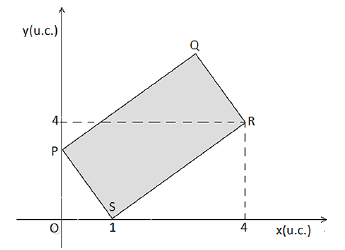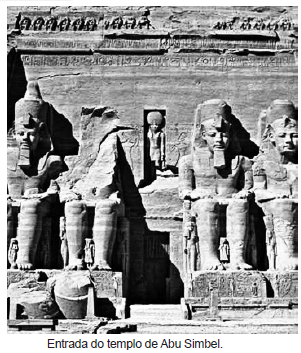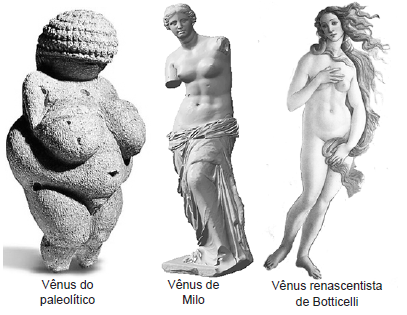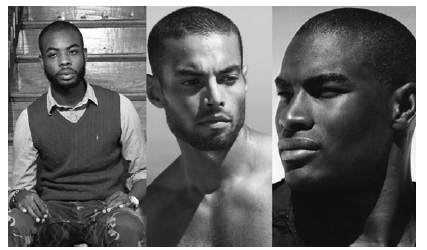Questões de Vestibular EBMSP 2018 para Prosef - 2019.1
Foram encontradas 30 questões
Nessas condições, considerando, se necessário log2 = 0,30 e log3=0,48, podese estimar que a comercialização desse produto, comparando-se a janeiro de 2018, terá uma queda de 75% , em
Assim sendo, é correto afirmar que os modelos que ficaram mais próximos, pararam em pontos de um arco da passarela que subentende um ângulo de

O retângulo PQRS na figura representa a maior área disponível em uma academia para a instalação de equipamentos necessários à prática de exercícios do método Pilates. Fazendo-se uma análise para otimizar a utilização do espaço concluiu-se que uma área equivalente à de um quadrado de lado PS seria suficiente para os equipamentos disponíveis.
Com base nesses dados, pode-se afirmar que a área da região retangular excede a área da região quadrada em k /16 u.a., sendo k igual a

Disponível em: <tps://www.portalsaofrancisco.com.br>. Acesso em: out. 2018.
O ideal de beleza na escultura, no Antigo Egito, registrado na imagem, está diretamente associado

Os ideais de belezas contrastantes, nas figuras, expressam a

Disponível em: <https://www.google.com.br/search?q=beleza+de+homens+negros>. Acesso em: nov. 2018.
A imagem dos jovens negros pode ser interpretada como um exemplo de
VIAGEM por um mundo chamado Bahia. viver Bahia. Salvador: ADAServiços Gráficos, a. 5, n. 16, 2011, p. 14.
A análise do texto e os conhecimentos sobre a Bahia permitem afirmar:
GILGES, Susanne; HARF, Rainer; LAAKER, Torsten. A explosão das espécies. GEOBRASIL. São Paulo: escala, n. 19, p. 23.
Considerando-se as informações do texto e os conhecimentos sobre o Planeta Terra e sua evolução, pode-se afirmar que, no período terciário,
NASCIMENTO, Marco Antonio Leite do. Você sabe o que é um geoparque? Conhecimento prático GEOGRAFIA. São Paulo: escala, n. 55, p. 44.
Os Geoparques foram criados objetivando, sobretudo,